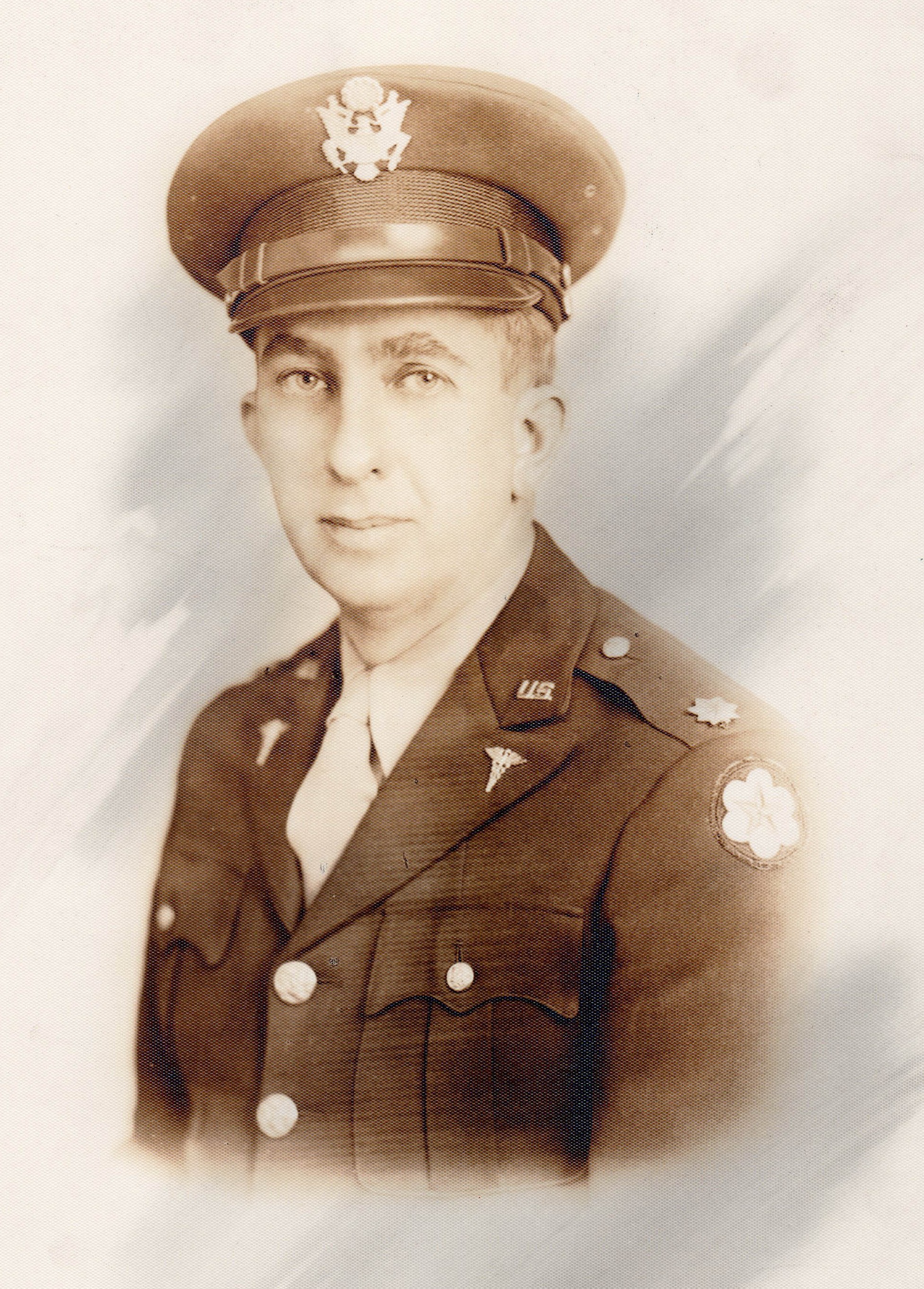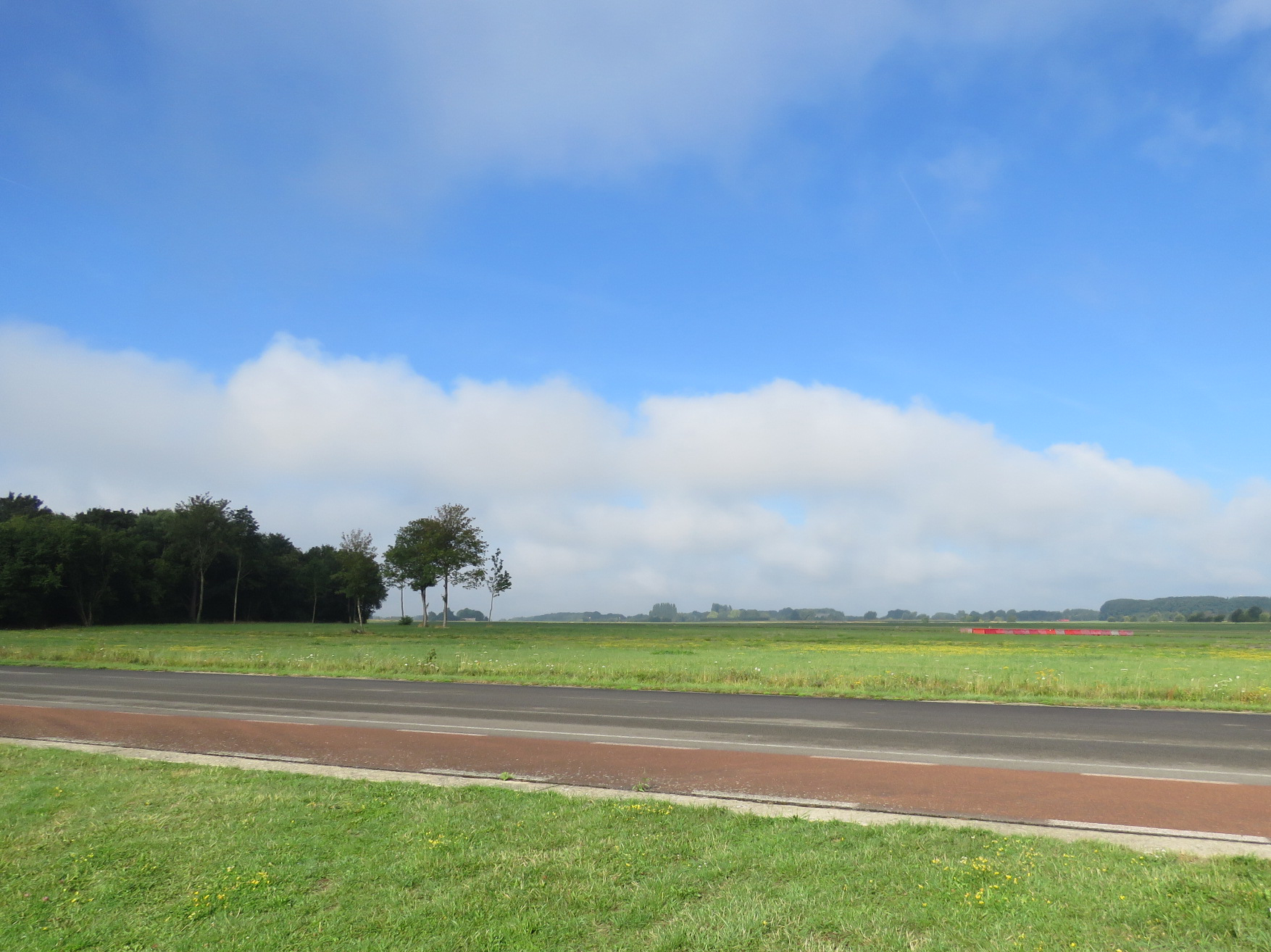
Murray Lambert Rich, MD: husband to the former Miss Mabel Burrows and father of
John M. Rich, James B. Rich, and Charles L. Rich.
This photo serves as a link to the blog,
“A Special Visit with Dr. Rich.
By: Nathan Hood
In the summer of 1941, the United States federal government requested that the Cincinnati General Hospital – now a division of the University Hospital – organize the 25th General Hospital. Intended as a military organization similar to the one during WWI by the same name, the project gained momentum after Pearl Harbor on December 7, 1941. The General Hospital was soon after “ordered into active military service … on June 1, 1943.” The 25th was fully organized by June 10, 1943, at Nichols General Hospital. The General Hospital began with 500 enlisted men, 56 military officers (physicians from the Cincinnati General Hospital), 105 nurses, 3 hospital dietitians, 2 physio-therapists, and 1 warrant officer. The 25th was trained at the Medical Field Service School, Carlisle Barracks, in Pennsylvania. Part of this training required the entire organization (exempting female personal) to complete a 10-day “bivouac” at Ft. Knox, Kentucky, from the 17th to the 26th of July, 1943. Here the 25th was rigorously tested under field conditions.
Continue reading →


